If you send enough email campaigns, you will inevitably run into spam filter issues. We’ve found that on average, you can expect 10-20% of your emails to just get lost in cyberspace, mostly due to over-zealous spam filters. You don’t even have to be a spammer – innocent email marketers who send permission-based emails to people who requested them still get spam filtered all the time. Grrr!
Unfortunately, there is no quick fix. The best way to avoid spam filters is to understand how they work.
Generally speaking, spam filters look at a long list of criteria to judge whether or not your email is junk. They assign points to your email and certain criteria get more points than others. Here’s a sample of criteria from Spam Assassin, one of the most popular spam filters out there:
- Talks about lots of money (.193 points)
- Describes some sort of breakthrough (.232 points)
- Looks like mortgage pitch (.297 points)
- Contains urgent matter (.288 points)
- Money back guarantee (2.051 points)
- Why Pay More? (1.249 points)
If your campaign’s total ‘spam score’ exceeds a certain threshold (different for every server), your email is sent to the junk folder. The threshold is determined by the person who installed the spam filter software (note: if Husk host your email addresses, we can give you control of your own spam threshold).
Oh yeah, that list of “spammy” criteria? It’s constantly growing and adapting
, because spam filters ‘learn’ what junk looks like. Every time someone clicks the ‘mark as spam’ button in their email program, or by getting updates from other spam filters, the list changes again. Like the Borg.
Avoid these common mistakes
These are the most common mistakes that can result in accidental spam filtering.
- Using spammy phrases, like “Click here!” or “Once in a lifetime opportunity!”
- Going crazy with exclamation points!!!!!!
- USING ALL CAPS, WHICH IS LIKE YELLING IN EMAIL (especially in the subject)
- Coloring fonts bright red, or green
- Creating an HTML email that’s nothing but one big image, with little or no text (since spam filters can’t read images, they assume you’re a spammer that’s trying to trick ’em)
- Using the word “Test” in the subject line (agencies run into this all the time, when sending drafts to clients for approval)
- Sending a test to multiple recipients within the same company (that company’s email firewall will often assume it’s a spam attack)
- Designing HTML email in Microsoft Word, and exporting the code to HTML (that code is sloppy, and spam filters hate it)
How can I tell if my emails were spam filtered?
How can you tell if your campaign ended up in recipients’ junk folders? For starters, look at your open rate. If it suddenly dropped from your average, you probably have a spam filter problem. If you’re new to email marketing, 20-30% is a rough open rate average. An abnormally high bounce rate is another indicator. Look through your hard bounces, and read the SMTP replies. Spam filters sometimes leave little clues about why they blocked your campaign.
Need some help?
If you are still sending bulk emails to your customers from Outlook, or tearing your hair out trying to wangle MailChimp into shape, then it’s time for us to have a coffee. We have brilliant enews software that is sexy, cost-effective, easy to manage and most importantly, gets results and reports them effectively. Give your business a communication boost and email us now.





